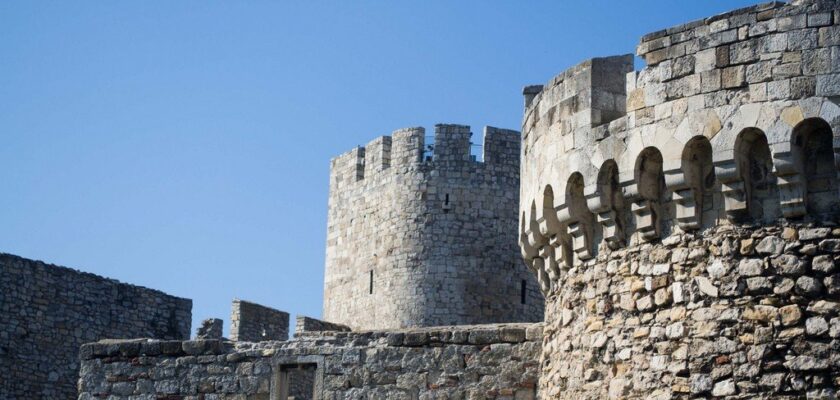Kalemegdan Fortress
Belgrade’s Kalemegdan Fortress is one of the oldest buildings in modern Serbia, which has great cultural and historical significance for the country. It is located on a hilltop 125 meters above sea level at the confluence of the Danube and Sava rivers. It is surrounded by three streets: Bulevar Vojvode Bojovića, Tadeuša Košćuška and Pariska.
.This place is loved by lovers, as well as retirees who walk and play chess here. Kalemegdan is probably the most famous and most visited point in Belgrade. The Belgrade fortress offers a unique view of the place where the Sava River flows into the Danube, as well as the plains of Srem and Banat and the hilly Šumadija. It is this location of Kalemegdan’s crest that has attracted people from the earliest times.
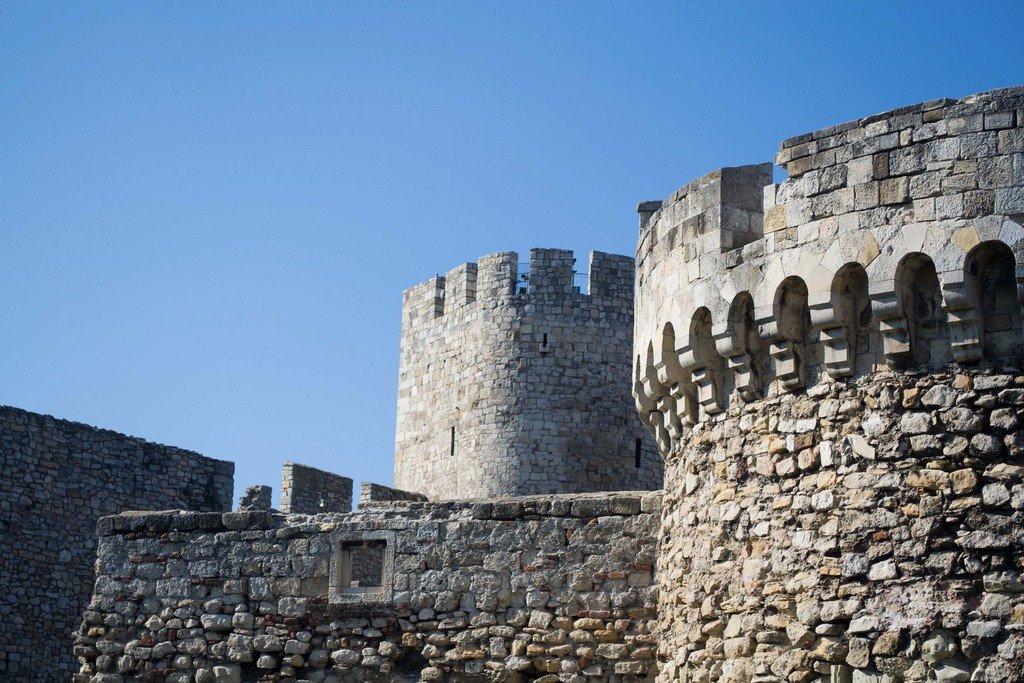
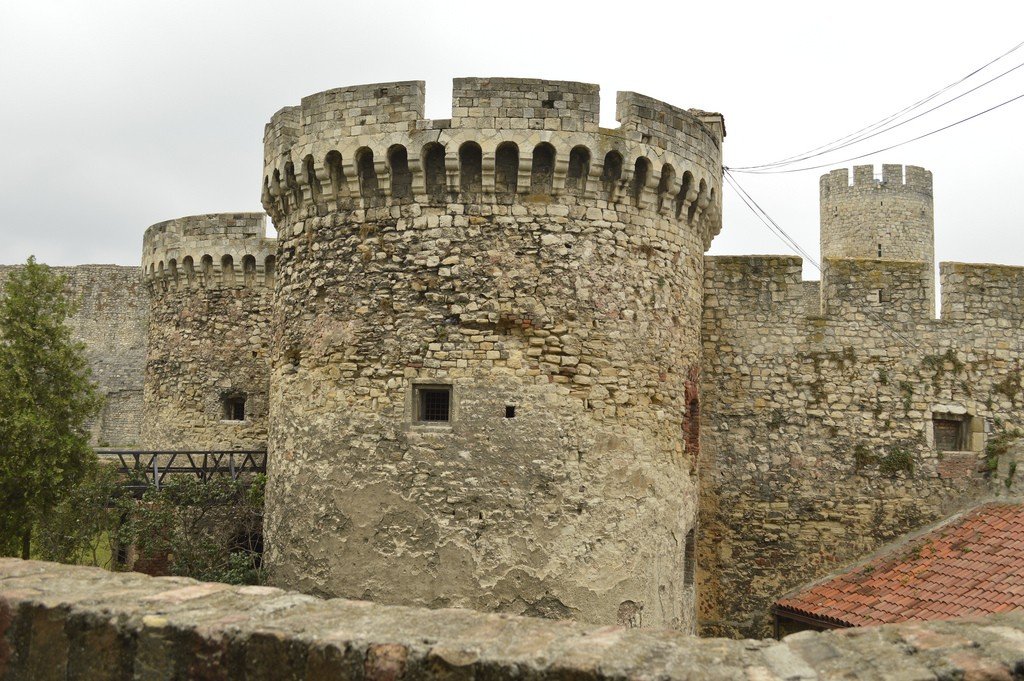
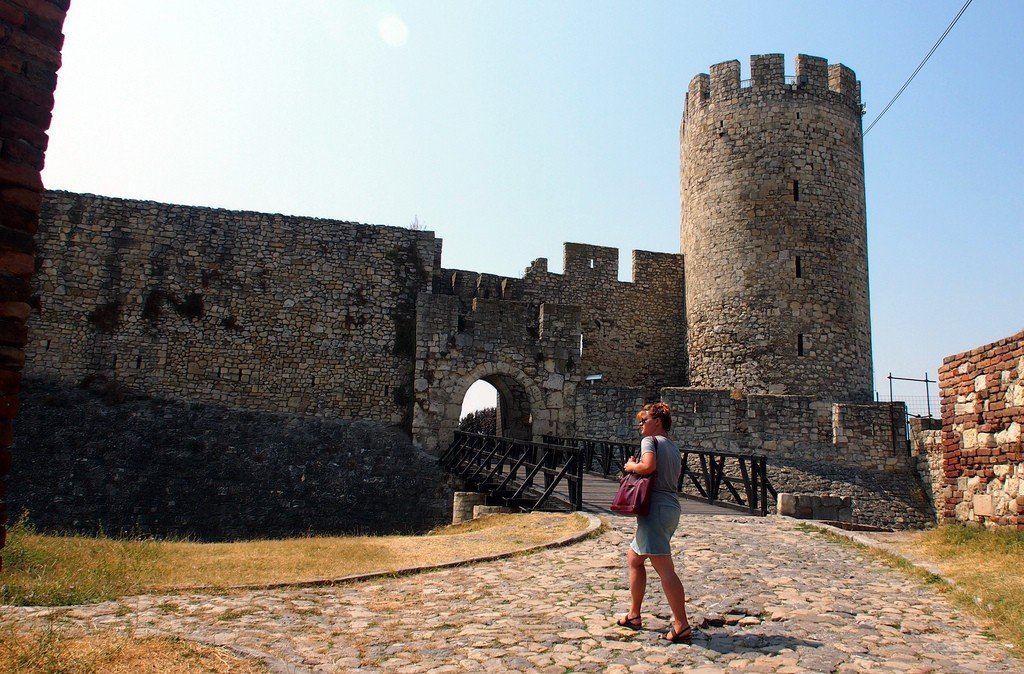
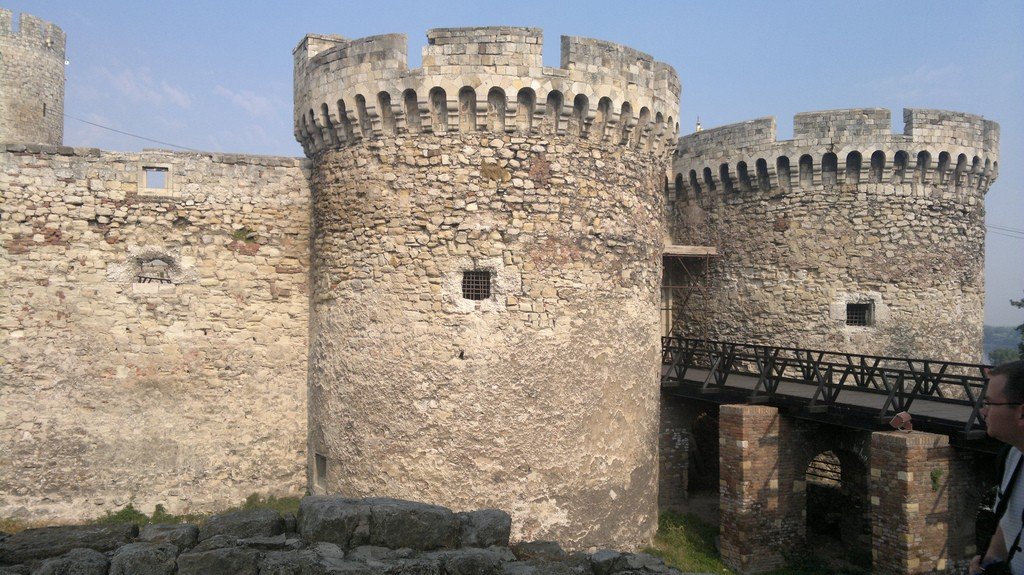
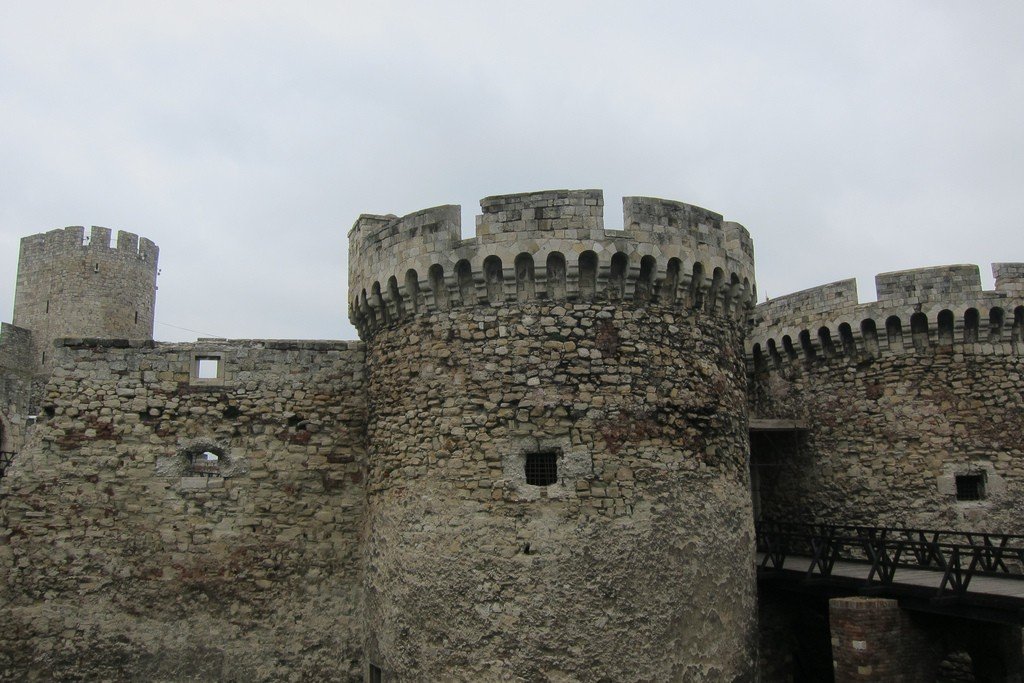
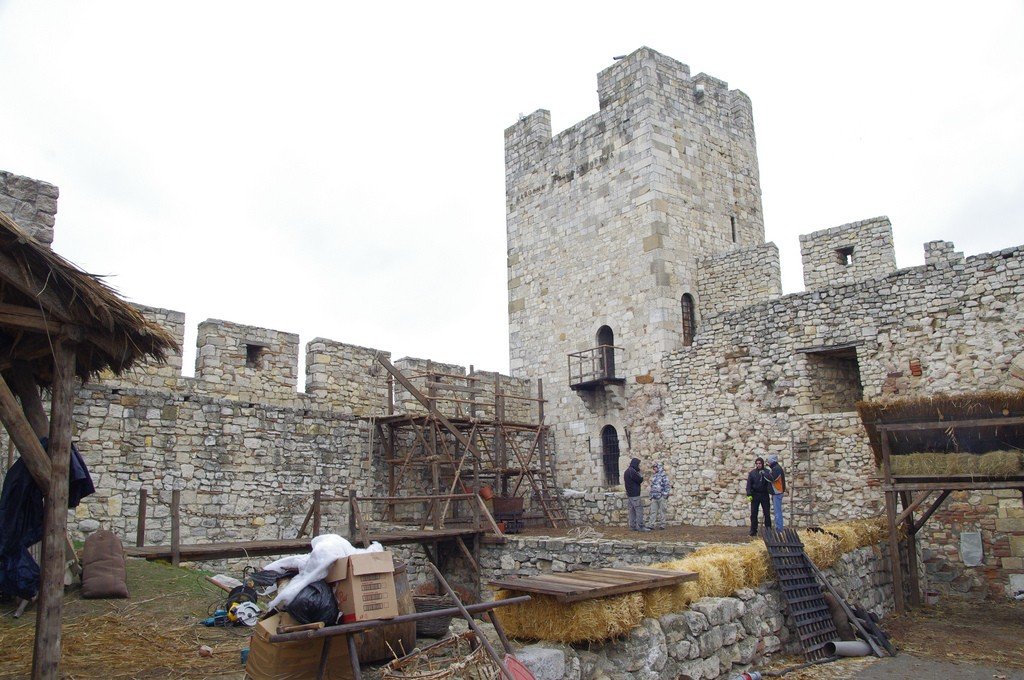
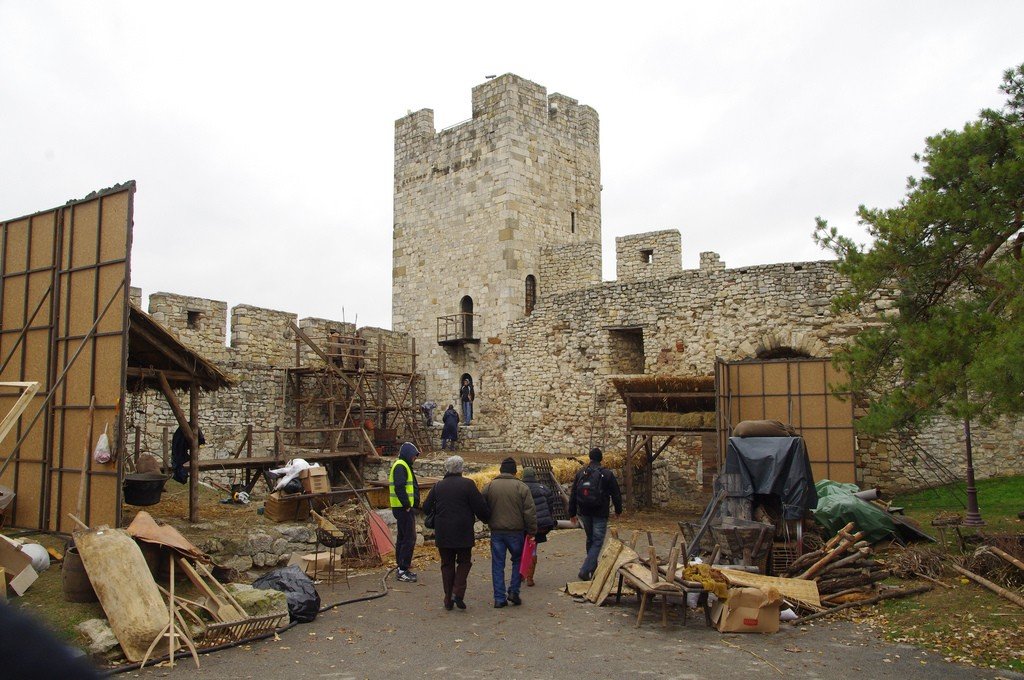
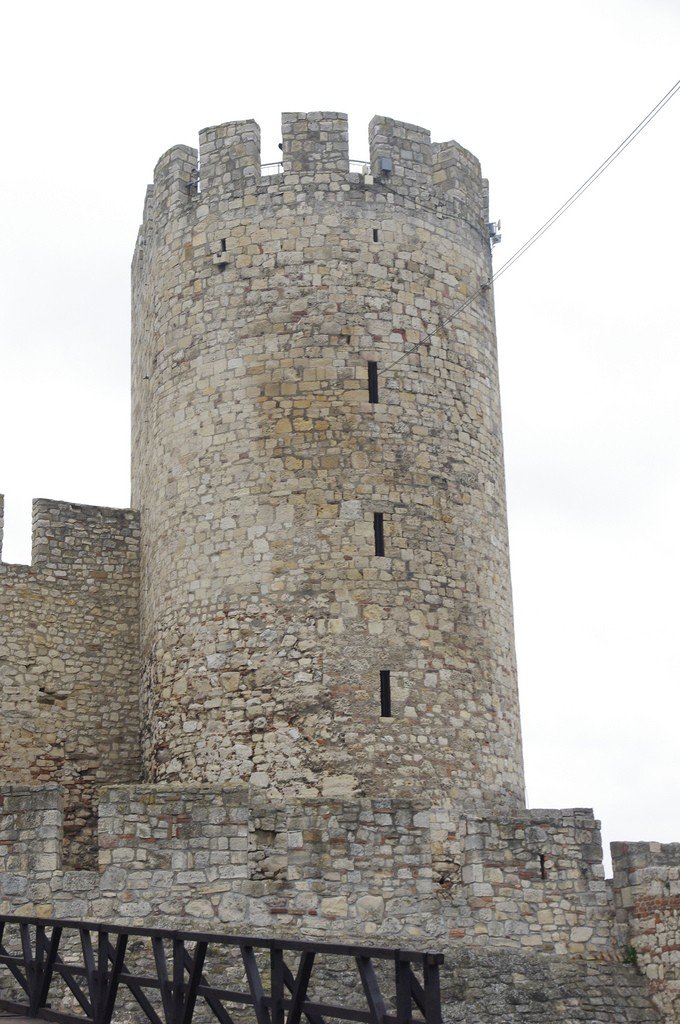
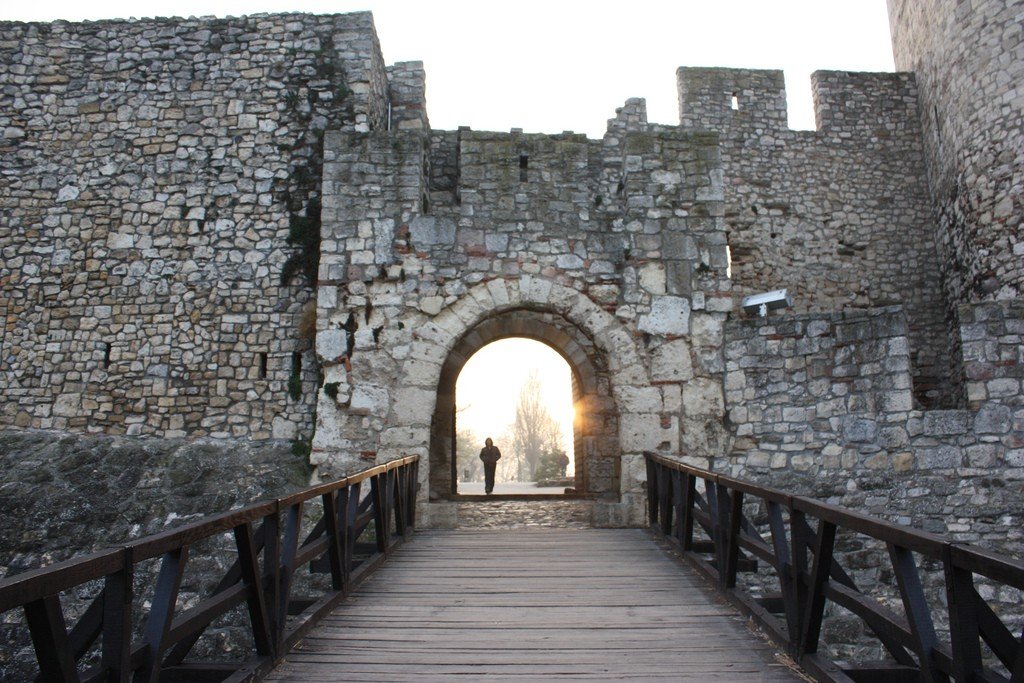
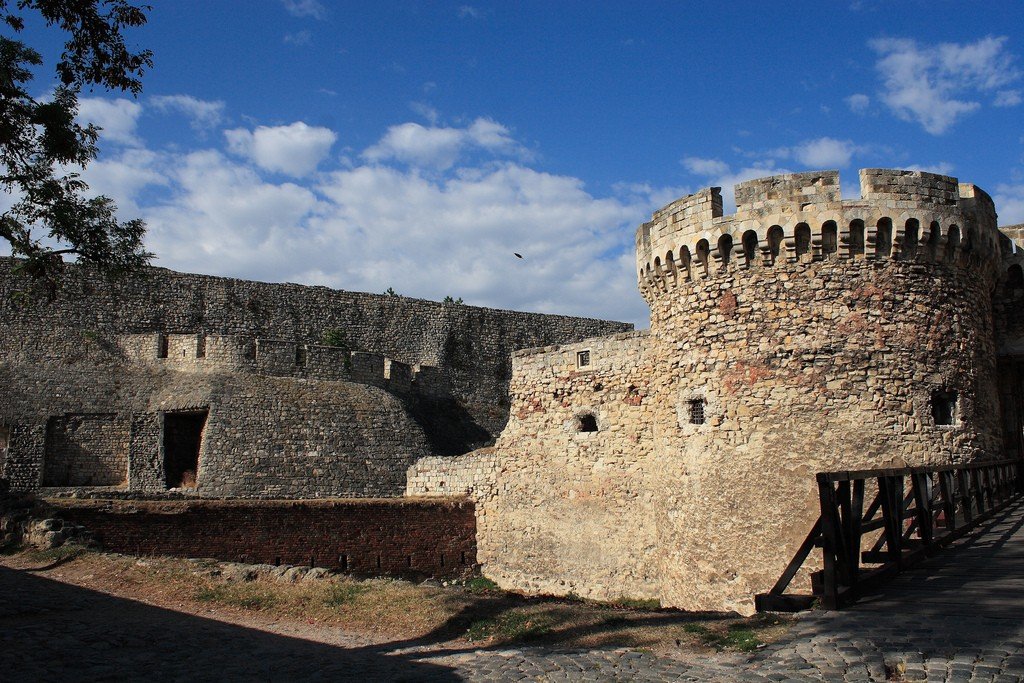
Video: Kalemegdan Fortress
History
The first settlement was founded here in the Neolithic period, then the Romans, taking advantage of its strategic position, set up their military camp here, around which grew a city, which was named Singidunum. In the fifth century it was destroyed by the Huns, and during the early Middle Ages it was penetrated by barbarian tribes, among them the Slavs, who called this city and White Grad, i.e. Belgrade.
.In the 11th century, the border with Byzantium along the Danube was established here, and Belgrade, together with the fortress of Kalemegdan, became an important military stronghold.
.The rapid development of Belgrade and Kalemegdan as a cultural space is linked to the personality of Despot Stefan Lazarevic, who, as a vassal of the Hungarians, founded the new capital of the Serbian state here in the first half of the 15th century. In the summer of 1521, Turkish troops led by Sultan Suleiman the Magnificent occupied the Belgrade fortress and city. Appreciating not only the strategic advantages of Kalemegdan, but also its beauty, the Turks named it “Fechir Bair” – a hill for reflection. The very name Kalemegdan has been preserved from that time until now, and comes from two Turkish words – fortress (tur. kale) and battlefield (tur. megdan), that is, literally translated, “the fortress of the battlefield.”
.
Time passes, historical circumstances change, and in 1717 the Austrians, led by Eugen of Savoy, came here.
.Belgrade Fortress becomes a big construction site. The Kalemegdan was thoroughly reconstructed according to the project of Nikola Doksat de Morez. But as a result of the Belgrade Armistice, the Austrians lost Belgrade in 1739, and the Turks returned here again. As a result, the representative of the Turks in 1867 officially handed over the keys of the Belgrade fortress to Prince Mihailo Obrenovic.
.The fortress was destroyed during World War I and World War II, but was rebuilt.
.The territory of the fortress
Each turn of such an eventful history of the fortress is captured in the form of a monument or ancient fortifications. Partially preserved are the walls that served as a defense back in the Roman Empire, Serbian towers built according to all the rules of medieval architecture, Austrian fortifications and Turkish gates.
Walking around the fortress on paths and lanes, passing through the gloomy tunnels and passages, reading the plaques with historical data, you can be transported to the distant past and imagine what once happened here. Kalemegdan is also home to many monuments to famous figures of Serbian history and culture, such as Milan Rakic, Jovan Dučić, Radoje Domanović, Đuro Jakšić and the composer Stevan Mokranjac. There is also a monument of gratitude to France for the help provided during World War I.
At the very top there is an observation deck, which offers a mesmerizing panorama of the confluence of the Danube and Sava rivers and New Belgrade.
.The crown of the fortress is the symbol of Belgrade, the statue of the Victor in honor of Serbia’s victory in the wars of 1912-1918. The face of the warrior faces the opposite bank of the Sava. It was from there that the enemies most often attacked Belgrade. The author of the monument is the famous sculptor Ivan Meštrović.
.Visitors are sure to see the Roman Well, a mysterious place with which various legends are connected, admire the clock towers, gates of fortifications and underground tunnels that have not been fully explored. While exploring Kalemegdan, you will walk on wooden bridges, maybe visit the Military or Natural History Museum, the Observatory, exhibitions, the churches of Ružica and St. Petka. New residents of Belgrade, who have come from small towns, meet here on weekends to learn news from their hometown, socialize with acquaintances, and exchange experiences of life in the big city. Kalemegdan is also loved by artists, musicians and poets, so exhibitions, concerts and poetry evenings are often held here.
.